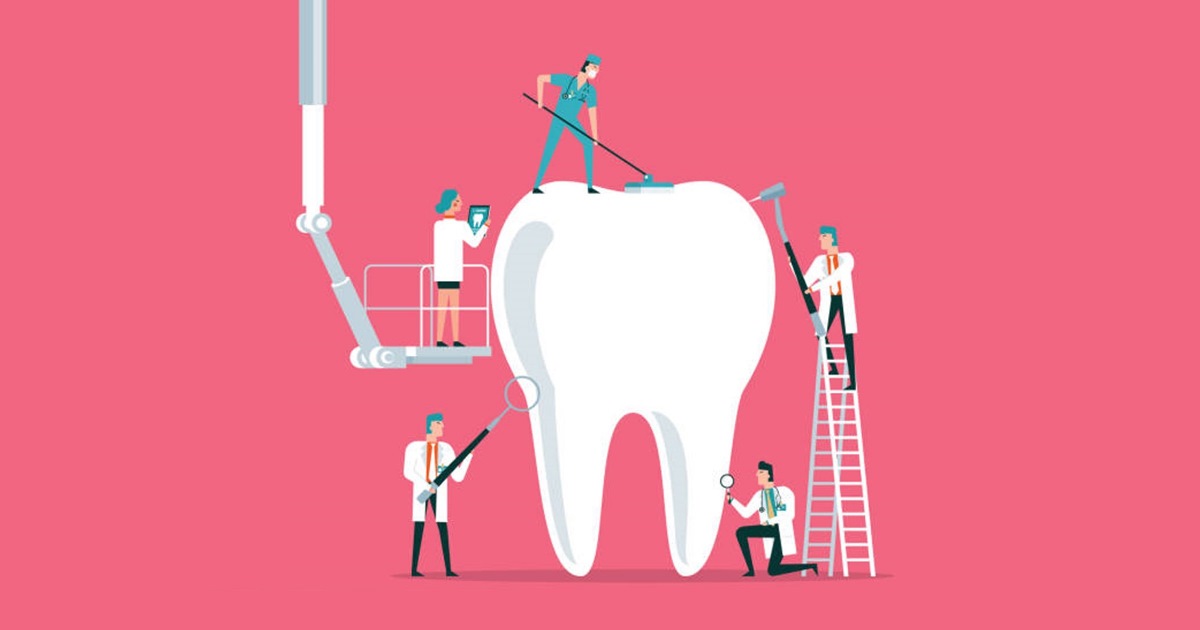Advances in Clinical Periodontology
A special issue of Medicina (ISSN 1648-9144). This special issue belongs to the section "Dentistry".
Deadline for manuscript submissions: 10 June 2024 | Viewed by 1041

Special Issue Editors
Interests: orthodontics; growth and development; ortho-perio; dentistry
Special Issue Information
Dear Colleagues,
Periodontitis is a public health problem whose high prevalence contributes to the global burden of chronic non-communicable diseases. There is a growing recognition in the periodontal community of the impact of periodontal disease, and its treatment, on the quality of life and general well-being of patient. Periodontitis is a bacterial-associated and host-mediated multifactorial inflammatory disease. Although the overall phenotype of chronic periodontitis may be similar across patients, the underlying cause of the disease varies from person to person. Traditional periodontal treatment fails primarily when local inflammation caused by bacterial invasion is met with an uncontrolled host immune response. Novel responses to periodontitis will require an understanding of individual molecular pathogenesis and the development of target-oriented therapeutic drugs.
There is also an increasing number of adult patients with sequelae of periodontal diseases seeking orthodontic treatment to improve their occlusion and quality of life. Orthodontic treatment of periodontal patients with a multidisciplinary approach is increasingly frequent and should be planned individually, considering bone losses suffered by each patient. Respecting some limitations, it is possible to improve the level of bone insertion, smile aesthetics and masticatory function, to facilitate oral hygiene through the orthodontic treatment of adult patients with little bone support. It is also important to highlight that there are unique aspects in the orthodontic retention in these cases.
This Special Issue will be dedicated to new perspectives and technologies in the diagnosis, treatment and multidisciplinary combined approach of periodontal-affected patients.
Dr. Dana Gabriela Festila
Prof. Dr. Mihaela Hedesiu
Guest Editors
Manuscript Submission Information
Manuscripts should be submitted online at www.mdpi.com by registering and logging in to this website. Once you are registered, click here to go to the submission form. Manuscripts can be submitted until the deadline. All submissions that pass pre-check are peer-reviewed. Accepted papers will be published continuously in the journal (as soon as accepted) and will be listed together on the special issue website. Research articles, review articles as well as short communications are invited. For planned papers, a title and short abstract (about 100 words) can be sent to the Editorial Office for announcement on this website.
Submitted manuscripts should not have been published previously, nor be under consideration for publication elsewhere (except conference proceedings papers). All manuscripts are thoroughly refereed through a single-blind peer-review process. A guide for authors and other relevant information for submission of manuscripts is available on the Instructions for Authors page. Medicina is an international peer-reviewed open access monthly journal published by MDPI.
Please visit the Instructions for Authors page before submitting a manuscript. The Article Processing Charge (APC) for publication in this open access journal is 1800 CHF (Swiss Francs). Submitted papers should be well formatted and use good English. Authors may use MDPI's English editing service prior to publication or during author revisions.
Keywords
- periodontites
- periodontal regeneration
- periodontal grafts
- orthodontic treatment
- treatment stability
- treatment technologies






